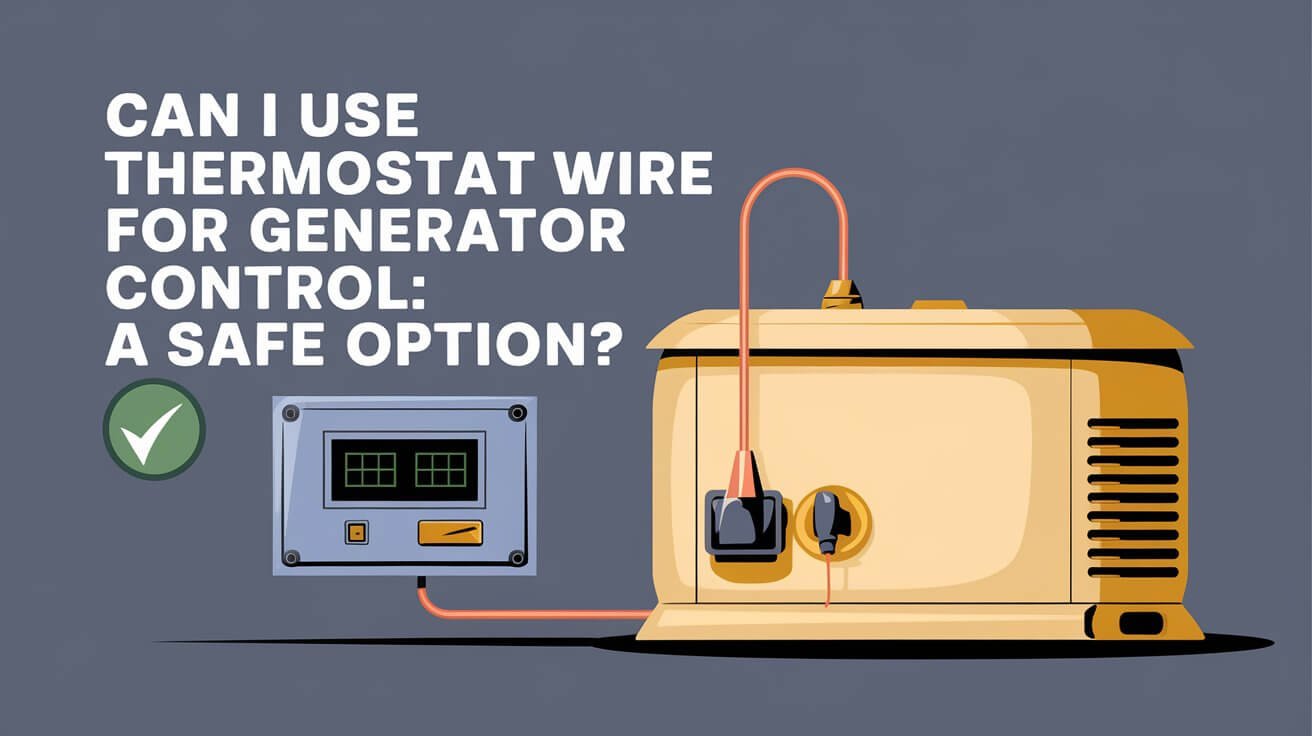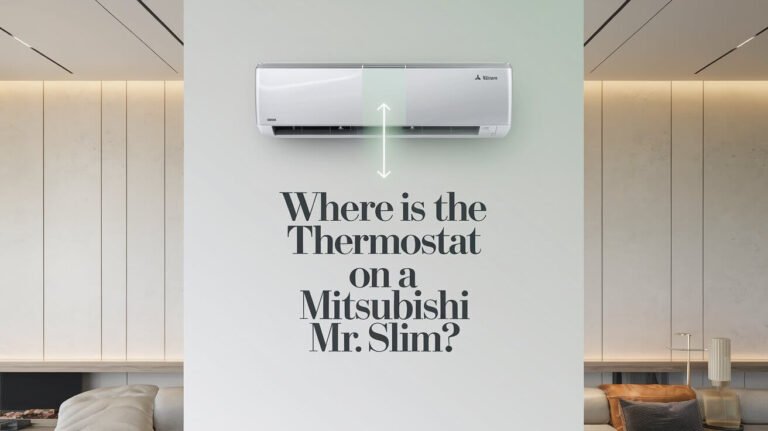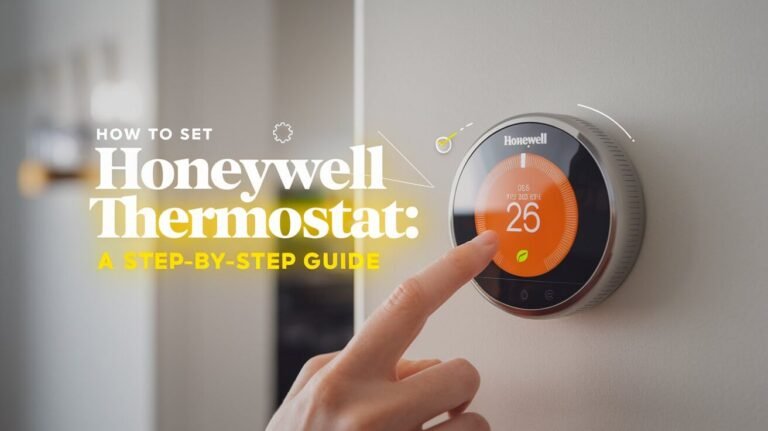
As homeowners, we often wonder about the best practices for wiring our home generators. Can we really use thermostat wire for generator control? This question has sparked a lot of debate among DIY fans and professional electricians. With over 10,000 views on a recent forum post, it’s clear that many are curious.
Let’s dive into the safety considerations, code requirements, and expert opinions on using thermostat wire for generator control.
Safety Considerations for Generator Control Wiring
Wiring for generator control systems must always prioritize safety. The right voltage ratings and wire types are key to safe operation. A common setup uses a 3-wire 18AWG 600-volt Class 1 wire for connections.
Voltage Ratings and Wire Requirements
Some say a ground wire is needed for 120-volt circuits. But the National Electrical Code (NEC) doesn’t require it. Still, following codes and doing a risk assessment are vital for safe wiring.
Code Compliance Standards
Following the NEC and local codes is crucial for generator wiring. It ensures the wiring meets safety standards and lowers the risk of electrical issues. Getting advice from a licensed electrician or checking the NEC guidelines is a good idea.
Risk Assessment Factors
- Voltage rating and load capacity of the generator control circuit
- Potential for electromagnetic interference (EMI) and its impact on control signals
- Accessibility and exposure of the wiring to physical damage or environmental factors
- Compatibility of the wiring materials with the specific generator and control system
Focusing on these safety points, we can make sure generator wiring is safe. It protects the equipment and users, and keeps the power backup system working well.
Different Voltage Systems in Generac Controls
Generac generator controls use a mix of voltages. They have 120 and 240 volt controls, plus 12 VDC. Knowing these voltages is key for safe wiring.
A 50A Generac generator has THHN wiring and four 12V DC control wires. The wiring in the transfer unit meets legal standards. Many choose a 15KW unit with a NEMA 3 100 amp transfer switch for a clean install.
| Voltage System | Application |
|---|---|
| 240 Volts | Used by the generator’s battery charger and to indicate power failure, triggering the generator to start. |
| 12 Volts DC | Used when the generator is in operation mode. |
Some users swap the wiring for 18-4 thermostat wiring. But, this is not advised. There are also concerns about the 1 1/4″ whip’s lack of bushings. Certain brands and models, like the Square D 60A disconnect, are recommended.
Knowing about Generac’s voltage systems is vital. It ensures your generator wiring is installed correctly and safely.
Wire Gauge Selection for Generator Control Circuits
Choosing the right wire gauge for generator control circuits is key. Some use 14AWG THHN wires, while others prefer 16AWG or 18AWG. It’s important to consider current capacity, distance, voltage drop, and temperature ratings.
Current Capacity Guidelines
The wire gauge must handle the circuit’s expected current load. For instance, a small fan needs #18 wire, while a water pump requires #12. An inverter with a 400 amp DC battery draw needs #00 wire.
Distance and Voltage Drop Calculations
The wiring run’s length affects wire gauge selection. Longer runs can cause higher voltage drops. Calculations based on circuit layout and load needs will help find the best wire size.
Temperature Rating Considerations
The circuit’s operating temperature is also crucial. Wires must be rated for the expected temperatures. Proper insulation and shielding ensure wires are suitable for the job.
Evaluating current capacity, distance, and temperature, we can pick the right wire gauge. This ensures reliable and safe generator control wiring in RVs or other applications.
Can I Use Thermostat Wire For Generator Control
Experts say no to using thermostat wire for generator control wiring. While some DIY folks might try it, the electrical world advises against it. The right cables must match the system’s voltage and current needs.
Online forums buzz with this topic, getting over 10,000 views. People share their thoughts, some suggesting 16AWG thermostat wire over 14AWG THHN. Others talk about using #18 THHN wire for control side setups.
One person mentioned Belden Cable for control systems, good for up to 300 feet. But, Generac, a big generator maker, has strict rules. They say control and power wires must be separate, no more distance limits.
“Running control and power wires in the same raceway is no longer acceptable, Generac says. This change aims to boost safety and reliability in generator control systems.”
The debate shows how key it is to follow industry standards and local codes. While some might use thermostat wire, most experts warn against it for safety and reliability. There’s also a debate on whether to use separate conduits or combined wiring for control and power wires.
In short, while using thermostat wire might seem easy for DIY projects, safety comes first. Always follow the recommended guidelines for generator control wiring. Talking to a licensed electrician or checking the manufacturer’s specs is wise to ensure your system is safe and meets standards.
Power and Control Wire Separation Requirements
The National Electrical Code (NEC) has clear rules for mixed voltage systems. This ensures electrical wiring is installed safely and efficiently. When dealing with generator control circuits, separating power and control wires is key.
NEC Guidelines for Mixed Voltage Systems
Generac used to allow control and power wires in the same raceway for up to 30 feet. But, this rule has changed with the NEC updates. Some installers choose to keep power and control wires separate. Others combine them, based on specific needs and local laws.
Conduit Installation Methods
- Ethernet cables can handle high surge ratings of 1500+ V at both ends, offering approximately 30 dB SINR compared to 10 dB for RS-485.
- Shielded STP Ethernet cables provide 34 dB SINR but may introduce ground loop issues, while Ethernet data signals are designed to avoid low frequencies.
- Ethernet can run strapped to large power cables for hundreds of feet without packet errors, showing 0.0% packet corruption.
- Industrial protocols like RS-232 and RS-485 operate around +/-10V analog and DC-centered communications protocols.
- Ethernet signals can work on cables no larger than #22, according to NEC regulations.
Industrial plants often ignore NEC rules about separating Ethernet and chapter 3 wiring. They rely on self-regulation. But, there’s no technical reason not to run Ethernet with control wiring. The choice to mix them depends on the control wiring class and local power rules.
| Wiring Type | Recommended Separation |
|---|---|
| Standard Romex wire | Not acceptable in a conduit for certain HVAC installations |
| Thermostat wiring | May not be permitted within the same conduit as high voltage circuits in some locations |
| Control wires for heat pumps | Ideally be in a separate conduit |
| Low voltage wires | May have to be treated as line voltage wires if contained in a conduit |
Heat pump setups often use separate compartments for line and low voltage. Unlicensed homeowners might face legal issues in some areas for HVAC work.
Multi-Conductor Cable Options for Generator Controls
Multi-conductor cables are a great choice for wiring generator control systems. They are rated for 300VAC and make it easy to manage electrical wiring. This is perfect for your generator controls.
The Belden 16 AWG 5-conductor cable is a popular pick. It has a shielded design to block electrical interference. This cable is known for its clean installation, as it combines multiple wires into one.
14 AWG THHN wires are another good option for generator control wiring. These single-conductor wires let you customize the cable setup to fit your needs.
18/4 multi-conductor cables are also a good choice. They bundle the wires together, making installation neat and efficient.
“When it comes to generator control wiring, a 300VAC rated multi-conductor cable is often the preferred choice,” shares a participant in the discussion. “It provides the necessary voltage rating and a clean, organized installation.”
Generac, a top generator maker, suggests following specific distance rules for wiring. This keeps the control circuitry working well.
Right multi-conductor cable for your generator controls depends on several things. These include voltage needs, installation style, and what the manufacturer says. By thinking about these, you can set up a safe and reliable electrical system for your generator.
Common Mistakes in Generator Control Wiring
Proper wiring of generator controls is key for safety and reliability. Many people, including DIY fans, make mistakes that can harm their systems. Let’s look at some common errors to avoid.
Installation Pitfalls
Using the wrong wire types is a big mistake. For example, using thermostat wire for generator control can be dangerous. It’s important to choose the right wire to meet safety standards.
Another mistake is not separating power and control wires. This can cause problems like interference and malfunctions. Following safety guidelines for wiring and conduit is vital.
Wire Selection Errors
Choosing the wrong wire gauge is another common error. Using wires that are too small can lead to voltage drops and overloads. On the other hand, using wires that are too big is a waste. It’s important to pick the right size based on the system’s needs.
Ignoring the voltage ratings of control wires is also a mistake. Wires must be rated for the correct voltage to work safely. This is crucial in systems with different voltages.
Being aware of these common mistakes and adhering to best practices can make a difference. This ensures your generator control system is safe and works well. It protects your investment and keeps your family safe.
Transfer Switch Control Wire Specifications
When setting up generator control wiring, knowing the right wire specs is key. Transfer switch control wiring usually needs 3-wire 18AWG 600-volt Class 1 wire for N1, N2, and T1 connections. Sometimes, a fourth ground wire is also needed.
It’s vital to understand the exact needs for transfer switch control wiring. This ensures your generator system works right and safely. Following these specs keeps your system safe, up to code, and running smoothly.
| Wire Specification | Typical Requirement |
|---|---|
| Wire Type | 3-wire 18AWG 600-volt Class 1 |
| Wires | N1, N2, T1 |
| Ground Wire | May be required (4th wire) |
| Voltage Rating | 600 volts |
| Wire Class | Class 1 |
Following the correct transfer switch control wire specs ensures your generator system is safe and meets electrical codes. This careful attention helps avoid problems and keeps your backup power system running well.
Proper Grounding Methods for Control Circuits
Grounding is key for your generator’s control circuits to work safely and well. A good ground connection keeps your equipment safe from electrical dangers. These dangers can harm your generator’s safety and performance.
Ground Wire Requirements
There’s a debate about whether a separate ground wire is needed for 120-volt control cables. The National Electrical Code (NEC) might not always say you need one. But we advise you to use one for better electrical safety and stability.
For control wiring up to 60 feet, use a minimum 16 AWG wire. For longer runs over 100 feet, go with a 14 AWG ground wire. This keeps the grounding strong throughout the circuit.
Bonding Practices
Bonding all conductive parts in your generator system is vital for good grounding. This includes the generator frame, transfer switch, and metal conduits or raceways. Follow NEC rules for mixed voltage systems and the right conduit installation. This ensures your generator’s control circuits are grounded safely and effectively.
| Grounding Best Practices | Wire Gauge Recommendations |
|---|---|
| Bond all conductive components Follow NEC guidelines for mixed voltage systems Use proper conduit installation methods | 16 AWG for runs up to 60 feet 14 AWG for runs over 100 feet |
“Proper grounding is crucial for the safety and reliability of your generator’s control circuits. Neglecting this important step can lead to serious electrical hazards and system malfunctions.”
Modern Generator Control System Requirements
Understanding modern generator control systems is key. Generac, a top name in the field, controls the transfer switch directly from the generator. This is different from others, and knowing this is vital for correct setup and use.
Generac’s controls use specific voltage systems. We need to pick the right wire gauges and keep power and control wires separate. This ensures our systems meet safety codes and work well.
Knowing the latest in generator control systems helps us deal with electrical wiring. It’s important for both homeowners and professionals. This knowledge helps us keep our power backup systems reliable and working right.
Post-Specific FAQs
Can I use thermostat wire for generator control?
No, using thermostat wire for generator control is not recommended. It doesn’t meet the voltage and wire needs of generator control systems. Experts advise against it and suggest using cables rated for the system’s voltage and current.
What are the safety considerations for generator control wiring?
Safety in generator control wiring is key. It involves ensuring the right voltage ratings and following code standards. The wiring must match the system’s voltage needs, and following the National Electrical Code (NEC) is vital for safe installation.
What different voltage systems does Generac use in their controls?
Generac controls use 120 and 240 volts, as well as 12 VDC. This setup makes their systems compatible with various installations, including 120/208 volt systems. Knowing these voltage needs is crucial for correct wiring.
How do I select the right wire gauge for generator control circuits?
Choosing the right wire gauge for generator control circuits is important. Consider the current capacity, distance, voltage drop, and temperature ratings. Options like 14AWG THHN, 16AWG, or 18AWG wires are common. The right gauge depends on the system’s specific needs.
What are the requirements for separating power and control wires?
The National Electrical Code (NEC) guides on mixing voltage systems in generator control wiring. Generac once allowed mixing control and power wires under 30 feet, but this rule has changed. Some prefer separate conduits, while others combine them.
What are the common mistakes in generator control wiring?
Common mistakes include using the wrong wire types, like thermostat wire. Also, not separating power and control wires correctly, choosing the wrong wire gauge, and not following NEC guidelines. Avoiding these mistakes is key for safe and reliable operation.
What are the specifications for transfer switch control wiring?
Transfer switch control wire specs usually include 3-wire 18AWG 600-volt Class 1 wire for N1, N2, and T1 line voltage. Some setups might need a fourth ground wire. Knowing these specs is vital for integrating the generator system correctly.
What are the proper grounding methods for control circuits?
Proper grounding is essential for control circuits in generator systems. There’s debate on whether a separate ground wire is needed for 120-volt line current. Bonding and following NEC guidelines are crucial for electrical safety.
What are the modern requirements for generator control systems?
Modern generator control systems have specific wiring needs. Generac controls the transfer switch from the generator differently than others. Understanding voltage systems, wire gauges, and power and control wire separation is key for proper installation and operation.


